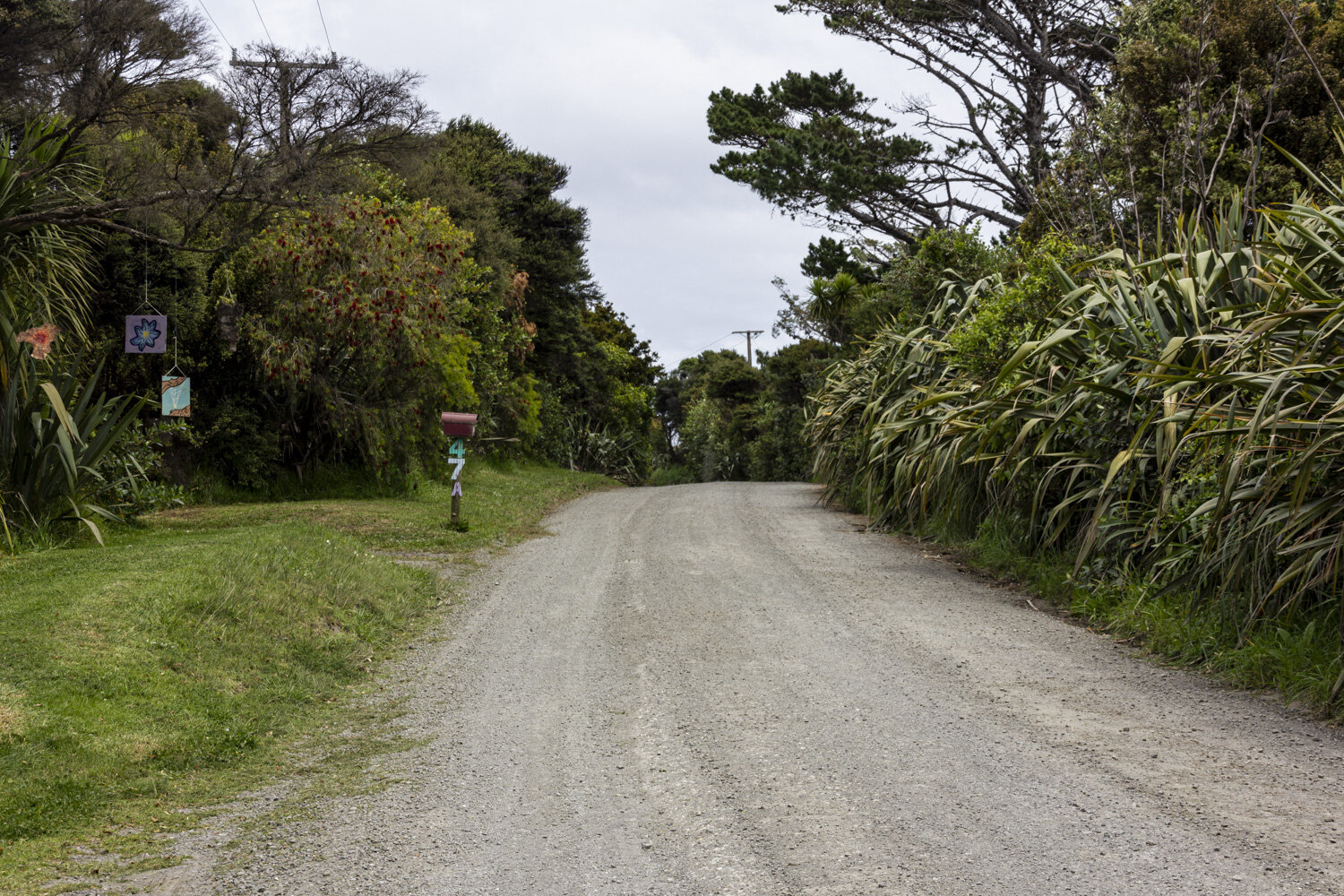HOW TO | Drive on unsealed roads
The prevent stone chips on your car, keep your speed down on gravel roads. Photo: Liz Dobson
Nearly 40 per cent of New Zealand roads are unsealed and sometimes you’ll need to use some of the 31,400km of gravel road to get to some of New Zealand’s most scenic spots.
Most of us won’t encounter a gravel road on our daily commute, but with international travel off the cards for a while, more Kiwis are doing local travel so they may encounter unsealed roads.
Parihoa is based at the end of a gravel road that features frequent traffic due to two walking tracks on it. Its speed limit is 40km, but if passing people or other cars I tend to reduce my speed to 15km (or less) to stop gravel flicking up. Plus reduced speed on gravel roads reduces your risk of stone chips on your car’s body.
Here are tips from the Motor Trade Association (MTA) on how to drive on gravel.
When you drive off the sealed track
Make sure you know where your car is powered from – the front wheels, the rear wheels, or all four of them. This will radically affect how the vehicle performs in off-tarmac environments.
Keep your speed down, especially when you hear approaching vehicles, or see their dust clouds. Drive at 40-50kmh (or slower, if on narrow roads) when passing oncoming traffic, and let faster-moving traffic pass.
Gravel, or other unsecured material, can move if you brake suddenly – a lot of accidents happen from vehicles losing traction and sliding off the roads at speed. Brake gradually and smoothly, slowing down before you need to.
If you’re driving in someone else’s dust cloud, the best thing you can do to improve the quality of your drive is to stop, or slow down and let them get further down the road.
Take corners as smoothly, widely and slowly as possible, to avoid losing control. Brake on the straight – if you have to brake in the corner it’s probably too late.
Pay particular attention to the road conditions – there are often steep banks, trees or cliffs beside them. Drive with your lights on, and look out for oncoming traffic on any blind corners you may come to.
The latest-available crash data shows drivers losing control on unsealed roads accounts for roughly 65 injury-causing car crashes, and one death, every year.
Drive with recognition of your skill level and your understanding of how your vehicle interacts with these types of roads. There probably won’t be police on these roads, and chances are, no one will find you for a few days if you crash off the road and are rendered unconscious.
Avoid uncontrolled spin-outs at all costs – especially on mountainous or tree-lined roads.
There is no substitute for hands-on experience when handling these types of situations – but make sure you learn safely. One of the fastest, safest, and most fun ways is to get professional instruction – a few hours with a trainer can be a once-in-a-lifetime experience – that may even save your life more than once!
Advice courtesy of MTA NZ

